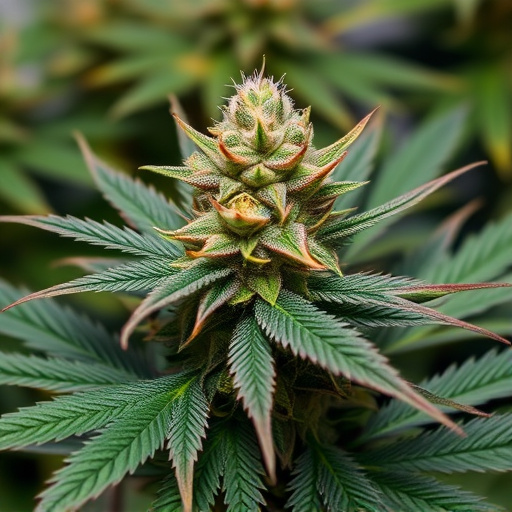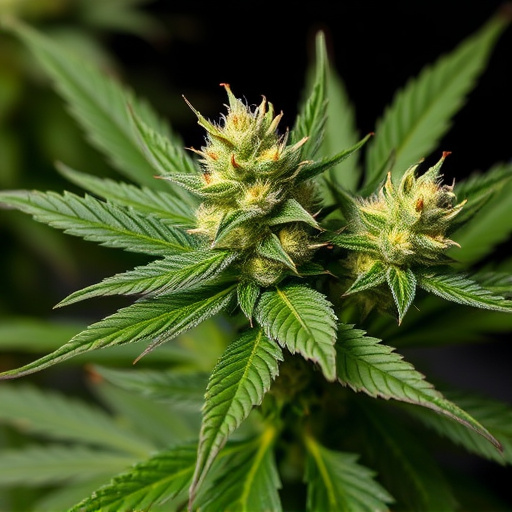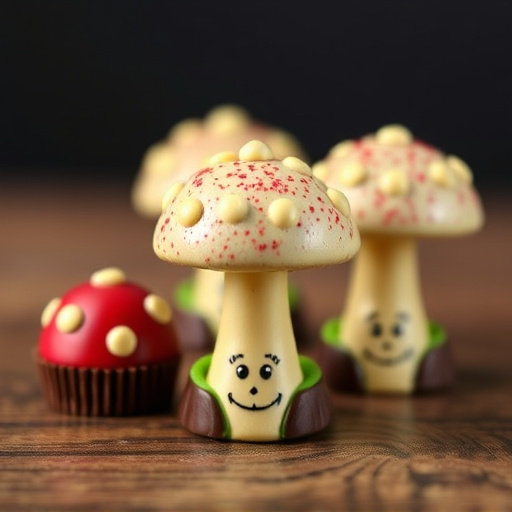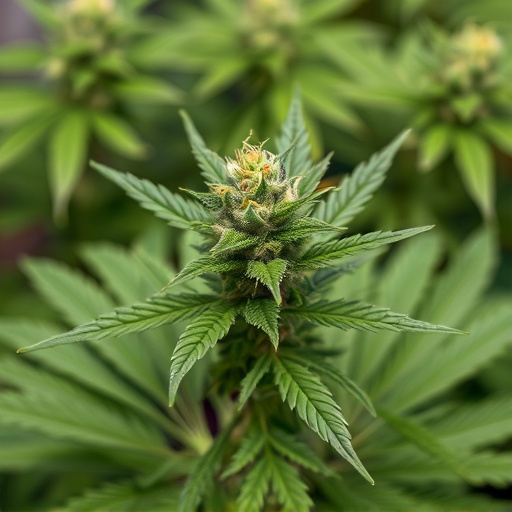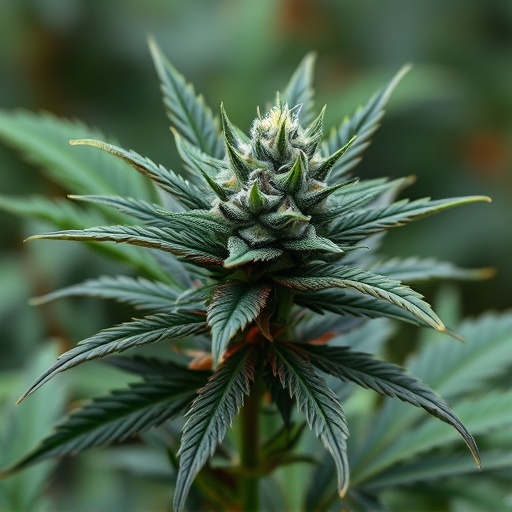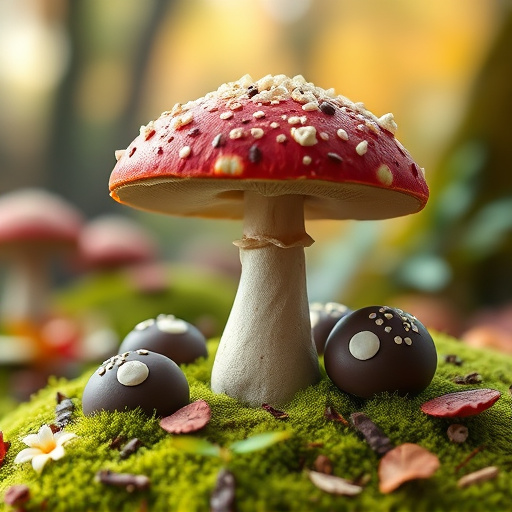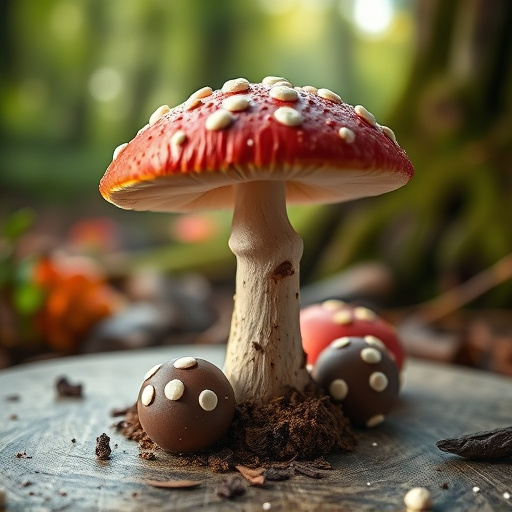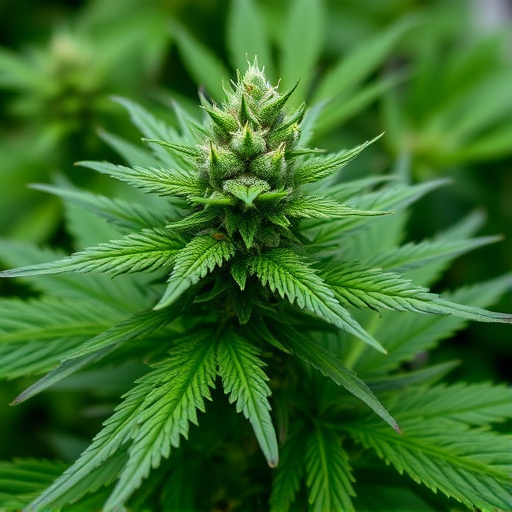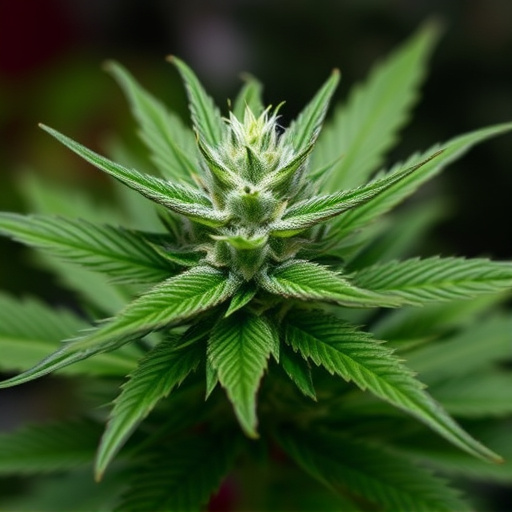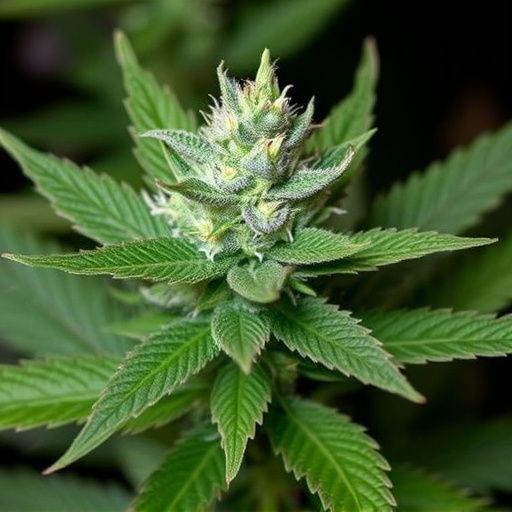Cannabis genetics significantly impact plant appearance, particularly colorful hues like purple, red, and blue, which are linked to specific chemical profiles affecting therapeutic effects and aromas. Understanding these genetics is vital for cultivators selecting the best cannabis strains for beginners. Environmental factors also contribute to color variations. Beginners can use distinctive colors as a guide, choosing popular strains like Blue Dream and Purple Haze known for their balanced, manageable effects and pleasant tastes.
Discover the captivating world of coloured weeds, where vibrant purple, red, and blue hues aren’t just visual delights but intriguing indicators of unique genetic profiles. In this article, we demystify the science behind these striking colours, exploring how environmental factors and sophisticated genetics converge to create some of the most sought-after cannabis strains. From the laboratory to the grow room, we guide you through the best cannabis strains for beginners, offering a curated selection with distinctive colours and potent profiles.
- Understanding Cannabis Genetics: The Science Behind Coloured Weed
- Factors Influencing Pigmentation: Unveiling the Secrets of Purple, Red, and Blue Strains
- Best Cannabis Strains for Beginners: A Guide to Popular Varieties with Distinctive Colours
Understanding Cannabis Genetics: The Science Behind Coloured Weed
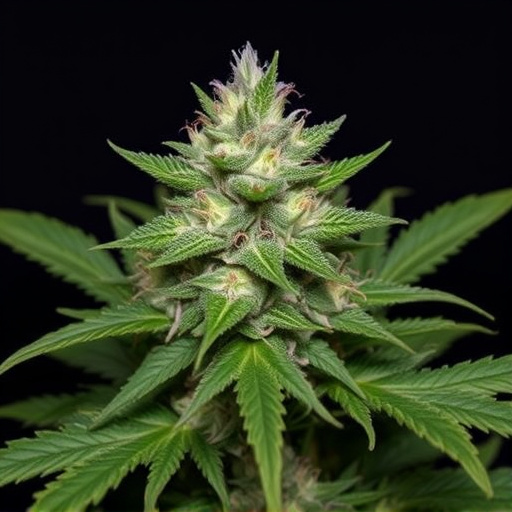
Cannabis genetics play a crucial role in determining the plant’s appearance, including its colour. The vibrant hues of purple, red, and blue weed are not random but rather the result of specific genetic traits. These colours are often associated with unique chemical profiles that contribute to the plant’s potential therapeutic effects and distinct aromas or flavours. Understanding these genetics is essential for both seasoned cultivators and beginners looking to explore the best cannabis strains.
For instance, the red or purple tinge in weed is linked to high levels of anthocyanins, pigments produced by the plant as a response to environmental factors like cold temperatures or sunlight exposure during specific growth stages. Blue shades, on the other hand, are attributed to a group of chemicals called terpenoids that interact with cannabinoids, enhancing or altering their effects. This intricate interplay between genetics and biochemistry makes cannabis such an intriguing and diverse plant for beginners to delve into, offering a wide range of experiences and potential benefits.
Factors Influencing Pigmentation: Unveiling the Secrets of Purple, Red, and Blue Strains
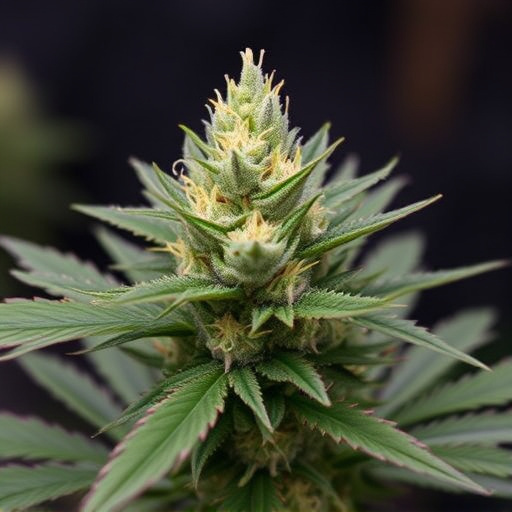
Cannabis enthusiasts often marvel at the vibrant hues that can be found in various strains, with purple, red, and blue being particularly intriguing. These unique pigments are not just visually appealing; they offer insights into the complex chemistry of cannabis plants. Several factors influence the pigmentation of these strains, making them a fascinating subject for both scientists and curious consumers.
Genetics play a pivotal role, as certain traits are inherited from parent plants. Terpene profiles, which contribute to aroma and flavor, can also affect coloration. For instance, high levels of specific terpenes can enhance or modify the pigment expression. Additionally, environmental conditions during growth, such as light exposure, temperature, and nutrition, can subtly alter the plant’s chemistry, resulting in subtle variations in color. Exploring these factors is essential for beginners looking to understand the best cannabis strains, as it reveals the secrets behind the captivating hues that make these plants so intriguing.
Best Cannabis Strains for Beginners: A Guide to Popular Varieties with Distinctive Colours
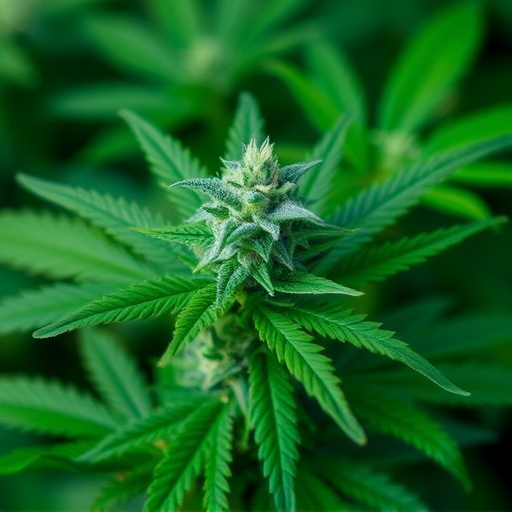
When it comes to choosing your first cannabis strain, selecting one with a distinctive color can be an enticing way to start your journey. For beginners, sticking to well-known and popular varieties is often recommended due to their consistent effects and taste profiles. Among these, certain strains stand out for their vibrant hues:
The classic Blue Dream offers a beautiful blue tint, known for its uplifting and relaxing effects. This strain’s popularity stems from its balanced THC and CBD content, making it suitable for both recreational and medicinal users seeking mild euphoria and pain relief. For a reddish twist, Purple Haze is a renowned choice, boasting vibrant purple leaves and a powerful combination of cerebral stimulation and physical relaxation. Its unique flavor profile, often described as fruity and floral, adds to its allure.
In exploring what causes purple, red, and blue weed, we’ve delved into the intricate world of cannabis genetics and pigmentation. Understanding the factors influencing these distinctive colors not only enriches our appreciation for the diversity of cannabis but also guides beginners towards the best cannabis strains for their needs. Whether seeking relaxation, energy, or specific therapeutic benefits, knowing the unique traits of colored strains empowers informed choices. So, whether you’re a novice or connoisseur, remember that the canvas of cannabis colors offers a rich tapestry of experiences to discover and enjoy.
